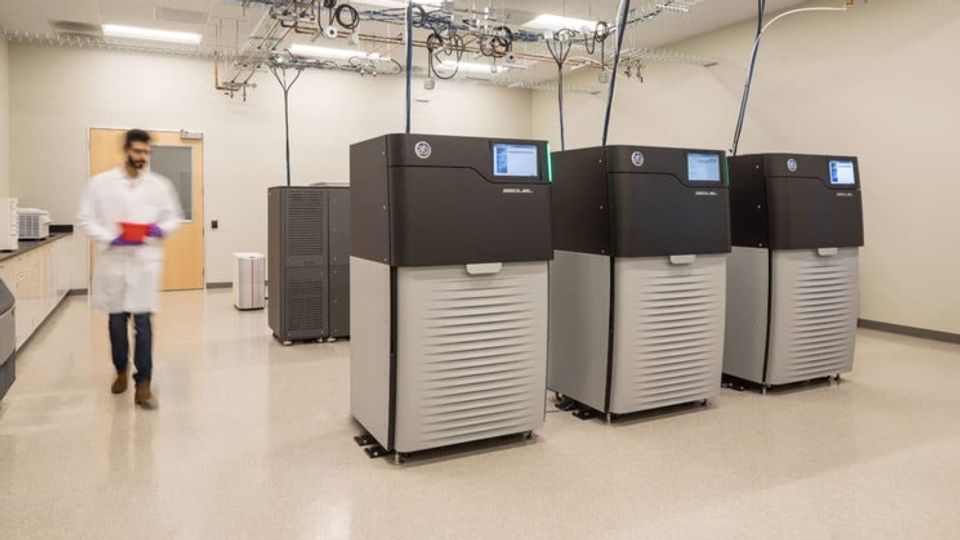PacBio and Children’s Mercy Kansas City Expand Collaboration Taking a Multi-Omics Approach to Characterize Rare Disease

Complete the form below to unlock access to ALL audio articles.
PacBio, a leading provider of high-quality, highly accurate sequencing solutions, today announced an expanded research collaboration with Children’s Mercy Kansas City, one of the nation’s top pediatric medical systems, to use the multi-omics capabilities of PacBio’s Sequel IIe system in the study of genetic disease. The research will apply direct methylation detection and Iso-Seq™ full-length RNA sequencing in their study. A better understanding of the genetic underpinnings of rare disease may ultimately help drive diagnostic yield and potentially enhance care for patients. Children’s Mercy is a leader in using PacBio’s genomic sequencing technology, approaching 1,000 samples sequenced since 2020.
“Our continued collaboration with Children’s Mercy is a great example of PacBio’s technology being used at breadth, depth, and scale,” said Christian Henry, President and Chief Executive Officer of PacBio. “We believe the Sequel IIe system provides the world’s best genomes, and is capable of delivering the most complete methylomes and full-length RNA isoform sequencing. Layering on this rich multi-omics information could potentially yield better insights into the genetic basis of rare disease and provide answers for some families.”
Children’s Mercy has been using PacBio’s HiFi technology for human whole-genome sequencing (WGS) since 2020. Their recent publication in Genetics in Medicine (Cohen 2022) describes how HiFi sequencing discovers four times more rare coding structural variants than short-read sequencing, including variants that cause disease. This new collaboration looks to build on that success by studying new methods for the potential detection of rare diseases.
PacBio recently enhanced its Sequel IIe system to detect DNA methylation in human genomes at no additional cost, time, or complexity in library preparation or analysis. Short-read sequencing requires special experiments to detect epigenetic modifications like methylation, and so methylation is often ignored. With PacBio’s recent advances, epigenetics is now available in standard runs at no-cost, including for difficult regions of the genome only accessible with long reads.
“We aim to expand sequencing from its interpretation of DNA alone to an integrated test of DNA sequence and its function – in the past we used multiple platforms to achieve the necessary genome characterization,” said Tomi Pastinen, MD, PhD, Director, Genomic Medicine Center, Children’s Mercy Kansas City. “The systematic application of RNA testing using Iso-Seq and direct methylation detection in HiFi-GS yields information about gene regulation and epigenetic state. We are now working on integrated analyses across hundreds of our unsolved cases and we hope to identify new, previously veiled genomic variants that may be associated with rare disease.”
PacBio’s Iso-Seq™ method reads full length, end-to-end RNA transcripts, unlike shortread RNA sequencing methods which measure small fragments. Full-length RNA sequencing distinguishes different versions of genes, called isoforms, to capture biology missed by other approaches. Children’s Mercy will employ the Iso-Seq method to characterize isoforms that may be associated with disease.
PacBio and Children’s Mercy have a long-standing relationship. Last year, Children’s Mercy purchased four new Sequel IIe Systems to add to its two existing PacBio systems. These additional systems helped to significantly increase Children’s Mercy’s large-scale WGS capacity to explore difficult-to-resolve, and hard-to-sequence regions of the genome that are sometimes missed by conventional technologies. With this new collaboration, Children’s Mercy will deploy those instruments to look further with multiomics approaches for methylation and RNA sequencing.

